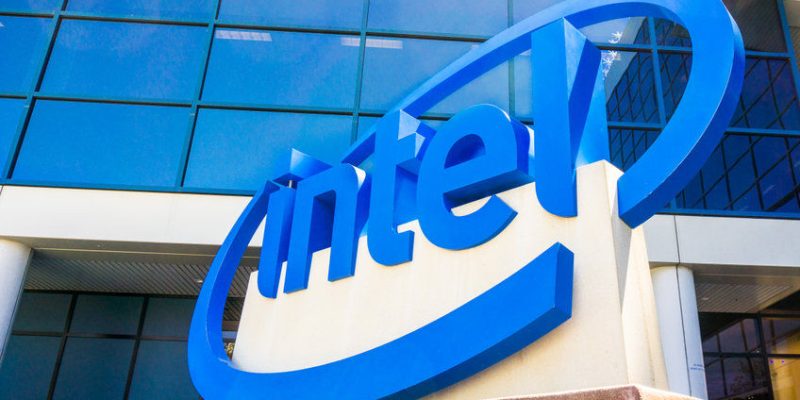
Intel, an American multinational corporation that dominated the world of processors and personal computing for decades is having a tough time for a few years now.
Despite having a profitable core business, the company is falling under its own weight. First, it lost the technological lead it had always enjoyed over AMD.
While this had happened in the past as well, Intel was always able to come back due to its superior AMD and excellent relationships with personal computer companies.
Secondly, it decided to turn the business around not by working on its technology but by diversifying its business. It invested significant amounts of money into data centers, semiconductor manufacturing, and autonomous vehicles.
So far, none of that has worked in the company’s favor. Its data center revenues continue to decline. Its manufacturing segment recently suffered a setback when the company failed to impress Broadcom with its manufacturing quality.
Most recently, it started looking at ways to sell its stake in its autonomous vehicles unit MobilEye.
With the company struggling so much, people have started raising the question whether it is worth it for the US government to keep Intel in its future plans for the semiconductor industry.
What is the CHIPS Act?
The CHIPS Act is a US govt plans to resurrect its semiconductor industry. It stands for Creating Helpful Incentives to Produce Semiconductors (CHIPS) and aims to reduce reliance on other countries for semiconductor manufacturing.
As part of the plan, a total of $280 billion was to be distributed to various companies working on building critical infrastructure in the US.
The US government learned a harsh lesson post covid that it simply cannot rely on overseas players for things it needs to help run its industries.
For semiconductors, most companies rely on Taiwan Semiconductor Manufacturing Company, which is always politicized due to China-Taiwan relationships.
Intel’s diversification into the foundry(manufacturing) segment was partly a consequence of trying to reduce reliance on overseas manufacturers.
Since the attempt has now almost gone sour, it is worth asking the question, is it even worth saving Intel by pouring in more taxpayer money into the dying semiconductor giant?
Should Intel continue to receive critical government aid through CHIPS Act?
Intel has already received substantial aid from the government as part of the CHIPS Act. Its semiconductor plant in Ohio received $3.3 billion from the government.
As things stand, Intel will not be able to meet the 2025 expected deadline for making the plant operational. Earlier this year, Intel was awarded $8.5 billion from the Biden administration.
Intel is also going to be the beneficiary of tax breaks and incentives as part of the same plan. While this money isn’t directly funded by the taxpayer, it does eventually hurt them.
Intel approaching the government?
Intel has also reached out to Secretary of Commerce Gina Raimondo for help, as the company is well aware that the US government may be reconsidering including Intel as part of the CHIPS Act funding.
Intel wants Gina Raimondo to help reassure investors that the company will continue to be a priority for the US government. However, both Intel and the Department of Commerce refused to comment on the matter.
There are rumors that the Department of Commerce has already withheld the funding intended for Intel announced earlier in the year.
If that is true, Intel management will need to be proactive and ensure it has a strategic place in United States’ future plans. If not, it may not be worth saving Intel.
The post A $280 billion question: Is it worth saving Intel? appeared first on Invezz









